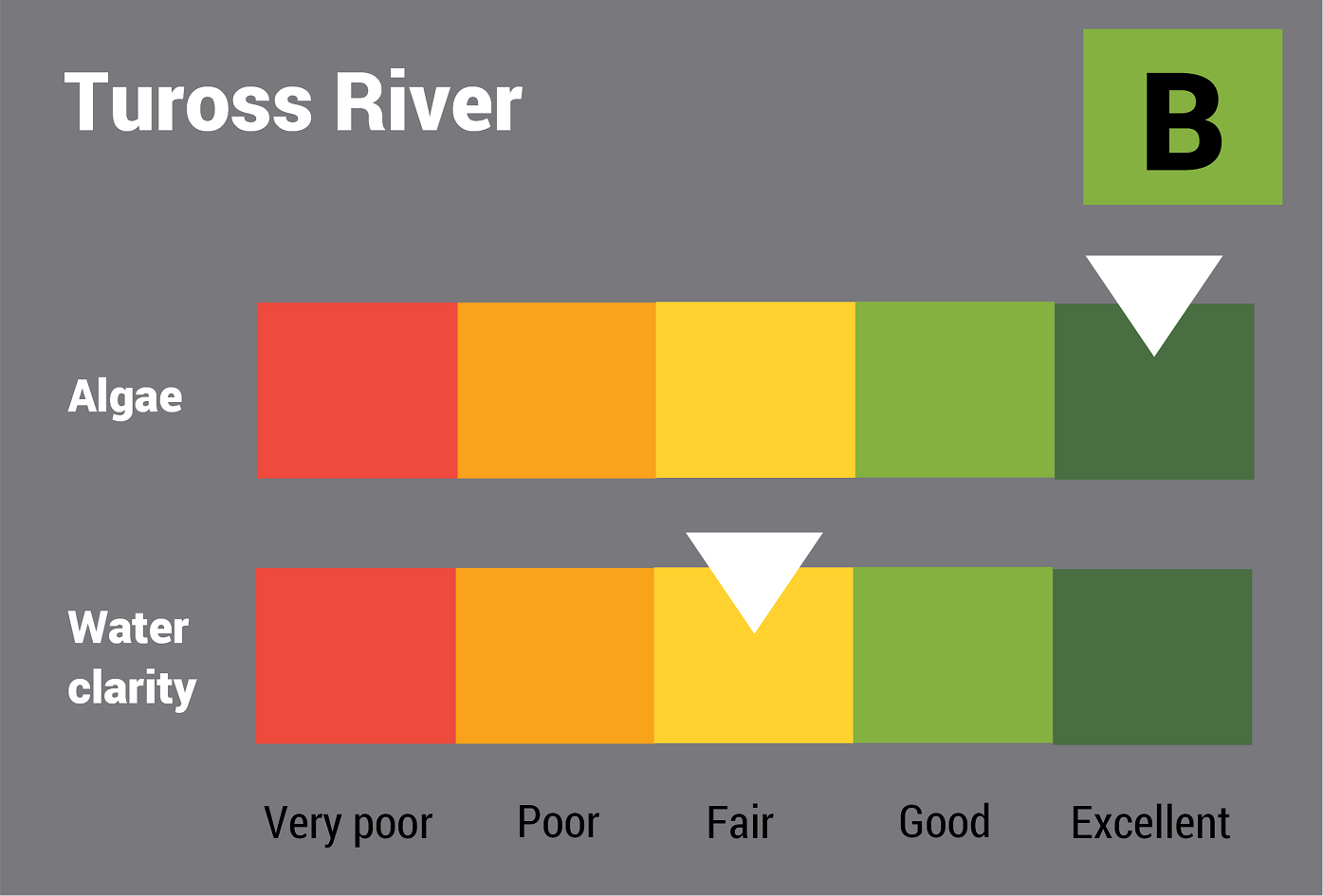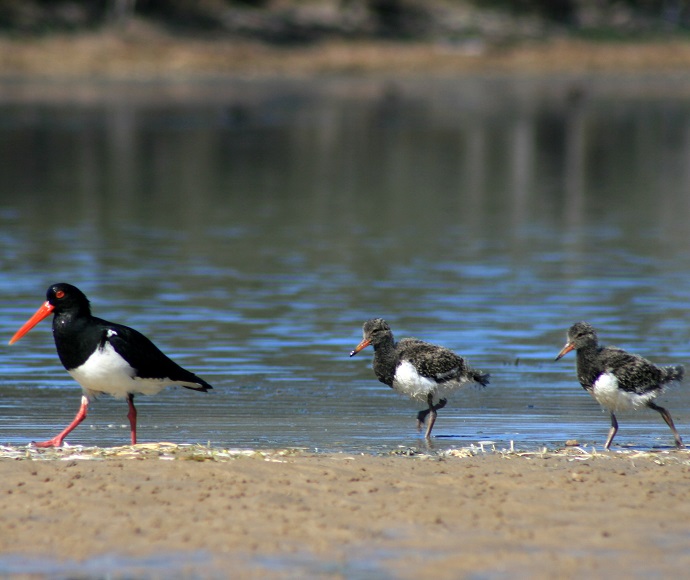The Tuross River estuary is located on the south coast of New South Wales. It is classed as a barrier river estuary with an open entrance. The entrance has been closed to the ocean in the past due to drought.
This estuary is made up of a series of shallow channels and lakes formed behind a large coastal sand barrier. Waterways that form part of the Tuross River estuary include Browns Creek, Browns Bay, Bumbo Lake, Borang Lake and Trunketabella Lake. These waterways are nursery grounds for many species of fish.
This estuary is protected under the Batemans Marine Park as a recreational fishing haven and habitat protection zone.





 Tuross River estuary is home to diverse vegetation, such as mangroves, saltmarsh and seagrass.
Tuross River estuary is home to diverse vegetation, such as mangroves, saltmarsh and seagrass.